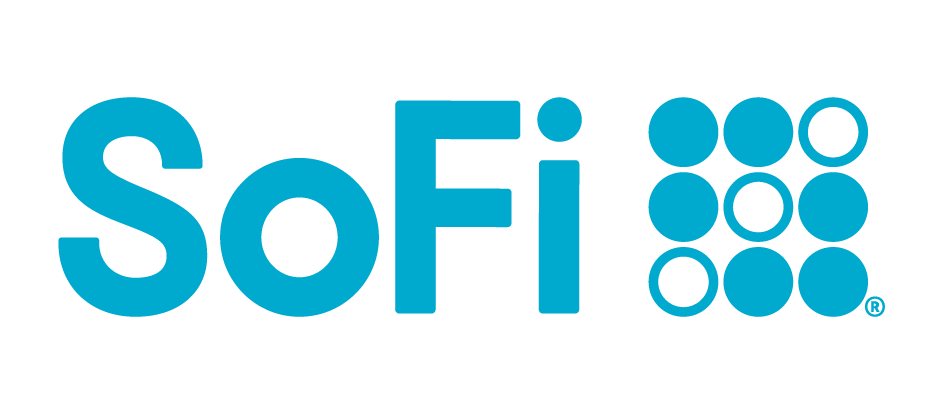
Frontend for Microsoft SQL Server
Use Superblocks to streamline building reliable and user-friendly frontends on top of Microsoft SQL Server.

Play 5 min overview




















Why Superblocks
Why build a frontend for Microsoft SQL Server with Superblocks?
Using a SQL client like DBVisualizer requires deep knowledge of SQL and database write permissions. Instead, build a more powerful and flexible custom frontend with Superblocks.
Empower ops teams
Streamline operational workflows with interactive dashboards, empowering ops teams to read from and update databases via a single, user-friendly interface.
Integrate generative AI
Leverage cutting-edge AI capabilities by developing applications with the help of an AI copilot and integrating generative AI into your data analytics workflows.
Unify access control
Leverage Superblocks unified access controls to only allow users to read and update specific data, rather than needing to grant DB permissions to all employees.
How to
How to build your frontend for Microsoft SQL Server
Follow a few simple steps to start building out a custom frontend for Microsoft SQL Server with Superblocks!
Connect to Microsoft SQL Server
Use the native Microsoft SQL Server integration. Just provide your database credentials and start querying.

Build your UI
Drag and drop components tables, charts, and forms to display data from SQL Server and allow users to easily update database records.

Join other data sources
Connect to other data sources like Snowflake, Databricks, or Zendesk to build a multi-functional and powerful internal app.

Common use cases
Common frontends for Microsoft SQL Server
See examples of how business across Financial Services, Healthcare, and Ecommerce use Superblocks to build on top of Microsoft SQL Server.
Financial transaction review
Display all historical transactions from your Microsoft SQL Server and allow users to take action on potentially fraudulent transactions.
Patient billing dashboard
Query billing records in Microsoft SQL Server to build a unified patient billing dashboard for healthcare administrators.
Order fulfillment tooling
Query order and shipping data from Microsoft SQL Server and allow operations teams to update those records when issues arise.
FAQ
Frequently asked questions
Who can use Superblocks to build a Frontend for Microsoft SQL Server?
- Engineering Teams can use Superblocks to qickly stand up admin tools that interact directly with data in their Microsoft SQL Server.
- QA and Testing Teams can develop custom frontends to view testing data, manage test cases, and track bugs or issues directly linked to the data in Microsoft SQL Server.
- DevOps Teams can create frontends for monitoring application performance, managing deployments, and tracking server health or resource utilization. Connecting to Microsoft SQL Server allows for real-time data visualization and management directly related to the operational aspects of applications.
- Data Science Teams can build custom interfaces for data exploration, analysis, and visualization. Superblocks serves as a platform to develop tools for running complex queries, creating predictive models, and visualizing data trends directly from SQL Server data.
- Business Intelligence Teams can use Superblocks to create dashboards and reports that provide insights into business metrics, performance indicators, and trends. Connecting to Microsoft SQL Server allows for the direct use of business data for driving strategic decisions.
What is the time-to-value for my business when building an app with Superblocks?
With Superblocks you can typically expect to deliver internal apps 10 times faster than by traditional development methods, with deployment only taking minutes.
What industries would use Superblocks to build a Frontend for Microsoft SQL Server?
Superblocks, as a tool designed to simplify the building of custom internal tools, dashboards, and applications, can be highly useful for a wide range of industries, especially when it comes to creating frontends for databases like Microsoft SQL Server.
- Financial Services: Financial institutions often require custom frontend apps for data analysis, risk management, and customer data management. Superblocks can aid in building these interfaces directly on top of MS SQL Server, enabling real-time data access and manipulation.
- Healthcare: For healthcare organizations, managing patient records, billing, and research data is crucial. Superblocks can be used to create secure and compliant interfaces that allow healthcare providers to access and analyze data stored in SQL Server databases.
- Retail: Retailers can benefit from Superblocks by building custom dashboards for inventory management, sales tracking, and customer relationship management (CRM). These tools can directly interact with SQL Server databases to provide actionable insights.
- Government: Government agencies can use Superblocks to create frontends for various databases, including Microsoft SQL Server, for managing public records, financial data, and service delivery metrics, ensuring better transparency and efficiency.
- Technology: Tech companies, especially those dealing with software and services, can use Superblocks to build internal tools for project management, resource allocation, and service monitoring, leveraging SQL Server for data storage and retrieval.
- Manufacturing: In the manufacturing sector, Superblocks can be used to develop custom dashboards for supply chain management, production tracking, and quality control. These applications can directly interface with SQL Server databases to monitor and analyze manufacturing data.
Why should I pick Superblocks to build a Frontend for Microsoft SQL Server?
Superblocks is the ideal choice for quickly building internal tools, such as a Frontend for Microsoft SQL Server. With a rich library of frontend components, integrations for all major databases and third-party APIs, a strong focus on security, and enterprise-level features and support, Superblocks empowers companies across industries to build mission-critical tools in no time!
Can I integrate Superblocks into existing app?
Yes, you can embed Superblocks into any existing application via simple React and JavaScript SDKs.
Resources
Explore more resources
Learn more about building your frontend for Microsoft SQL Server by reading the documentation, watching videos, and viewing other resources.
Use cases
Explore more use cases
Learn how to build the internal applications of tomorrow, with less complexity and less time than ever before.
All use cases
